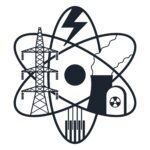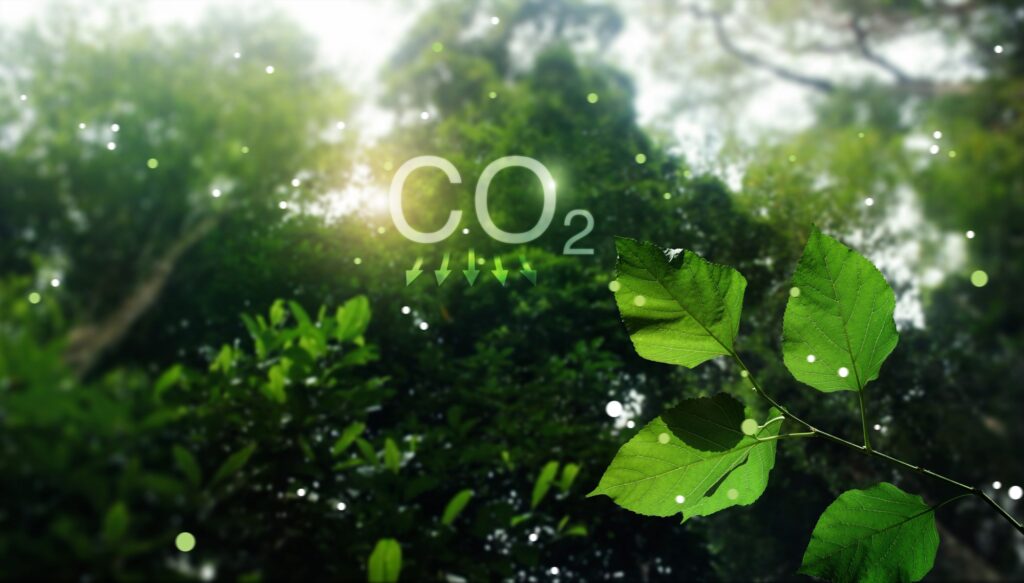The U.S. Department of Energy (DOE) announced up to $1.2 billion to advance the development of two commercial-scale direct air capture facilities in Texas and Louisiana.
These projects represent the initial selections from the President’s Bipartisan Infrastructure Law-funded Regional Direct Air Capture (DAC) Hubs program and are expected to remove more than 2 million metric tons of CO2 emissions annually from the atmosphere.
The program seeks to kickstart a nationwide network of large-scale carbon removal sites to address legacy carbon dioxide pollution and complement rapid emissions reductions.
“Cutting back on our carbon emissions alone won’t reverse the growing impacts of climate change; we also need to remove the CO2 that we’ve already put in the atmosphere — which nearly every climate model makes clear is essential to achieving a net-zero global economy by 2050,” said U.S. Secretary of Energy Jennifer M. Granholm in a statement. “With this once-in-a-generation investment made possible by President Biden’s Investing in America agenda, DOE is laying the foundation for a direct air capture industry crucial to tackling climate change — transforming local economies and delivering healthier communities along the way.”
The Project Cypress in Calcasieu Parish, Louisiana, involves Battelle, in coordination with Climeworks Corporation and Heirloom Carbon Technologies, Inc., and aims to capture more than 1 million metric tons of existing CO2 from the atmosphere each year and store it permanently deep underground.
The South Texas DAC Hub in Kleberg County, Texas, involves 1PointFive, a subsidiary of Occidental, and its partners, Carbon Engineering Ltd. and Worley, and seeks to develop and demonstrate a DAC facility designed to remove up to 1 million metric tons of CO2 annually with an associated saline geologic CO2 storage site.
The DOE also announced 19 additional projects selected for award negotiations that will support earlier stages of project development, including feasibility assessments and front-end engineering and design (FEED) studies.





